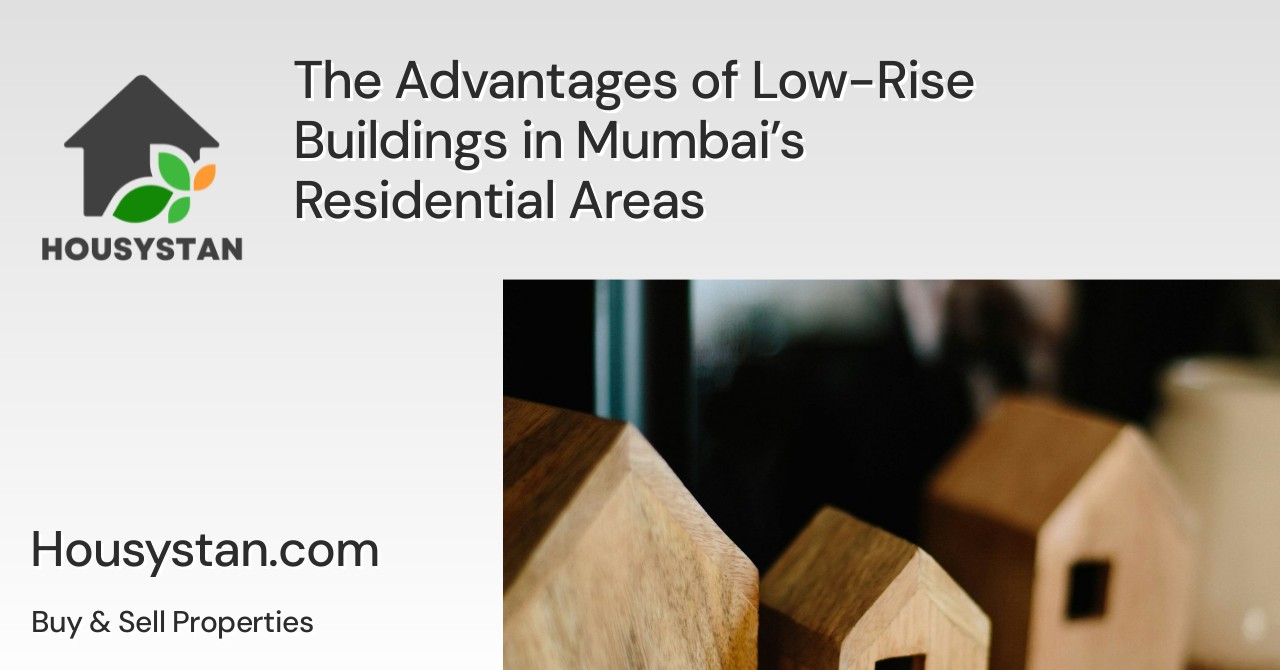The Advantages of Low-Rise Buildings in Mumbai’s Residential Areas
Read latest blogs and articles from Housystan

The Information mentioned here was last updated on:
11/12/2025Low-rise buildings are steadily transforming the residential landscape of Mumbai, offering unique advantages to homeowners and investors seeking comfort, convenience, and a vibrant community life. In a city renowned for its towering skyscrapers, low-rise residences bring forth a refreshing alternative that aligns with the evolving needs of modern families while preserving the charm of traditional neighborhoods. These structures, typically ranging from two to four stories, are gaining popularity across Mumbai’s localities such as Bandra, Chembur, Borivali, and Powai, where residents prioritize quality of life and accessible amenities.
One of the most significant benefits of low-rise buildings in Mumbai is the sense of community they foster. Unlike high-rise complexes, where interactions can be limited, low-rise developments encourage neighborly bonds and social engagement. Shared spaces such as landscaped gardens, recreational zones, and clubhouses are more accessible, promoting a friendly and safe environment for children and families.
Another advantage lies in the architectural design of these buildings. Low-rise constructions in Mumbai often feature more spacious layouts, higher ceilings, and improved ventilation, resulting in enhanced living comfort. The lower density also means reduced noise, less congestion, and greater privacy for residents. Furthermore, with fewer units per floor, elevators are less crowded, and maintenance is typically more efficient and responsive.
- Verified Tenants/Buyers
- Unlimited Property Listing
- Zero subscription/charges fee
From a real estate perspective, low-rise properties in Mumbai offer excellent investment potential. They are often situated in prime or emerging neighborhoods with robust infrastructure, reputable schools, and easy connectivity to business hubs. Property values in such areas tend to appreciate steadily, making low-rise apartments an attractive choice for both end-users and investors.
Additionally, low-rise buildings in Mumbai are generally more resilient during emergencies, thanks to easier evacuation routes and quicker access to exits. This is particularly important in a city where safety and disaster preparedness are key considerations for homebuyers.
Choosing a low-rise residence in Mumbai means embracing a lifestyle that balances urban advantages with tranquility and community warmth. For those seeking a harmonious blend of modern living and traditional values in the heart of Mumbai, low-rise buildings represent an ideal solution that continues to grow in appeal and relevance across the city’s ever-evolving residential market.